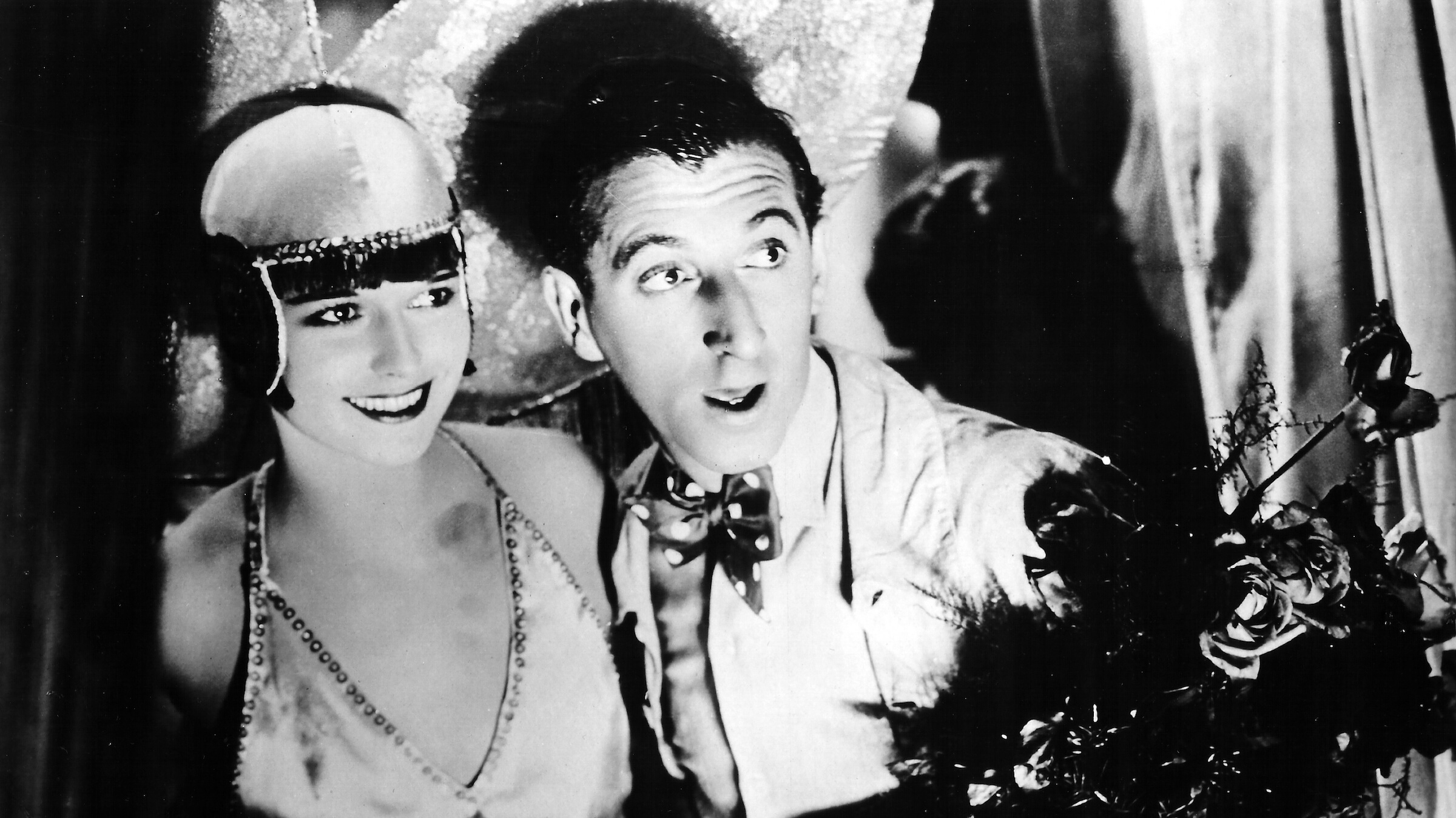This feature was published in conjunction with the screening of Pandora’s box at SFSFF 2012
Back in the mid-’90s, Martin Koerber began a project to put Pandora’s Box back together again. Researching the films of G.W. Pabst in preparation for a retrospective at the Berlin Film Festival, the film scholar and curator rediscovered a list of the film’s intertitles, originally found by Deutsche Kinemathek’s Gero Genderts, that looked as if it had been drawn up for submission to Swedish censors when the film was released in that country. Small but significant improvements to the story resulted from the new set of intertitles. For instance, the film was divided into six comprehensible acts and the Jack the Ripper character portrayed differently as the result of one well-placed intertitle. Finally, Koerber thought, a definitive version of Pandora’s Box could be made. Unfortunately, surviving prints were riddled with problems (out of focus shots, principle among them), which proved insurmountable with the analog restoration technology available at the time. Although the intertitles were incorporated into a print in 1996, he says, “we abandoned the idea of restoring this film in the ’90s.”
More than a decade later, with digital technology advanced light-years, the necessary tools to restore the images to their original luster had been developed. As Thomas Gladysz writes in his essay on Pandora’s Box, San Francisco-based David Ferguson and Angela Holm became intrigued by the film and through BigSound, Ferguson’s event production company, the duo spearheaded the restoration project with the help of the laboratory Haghefilm Conservation and George Eastman House (where Holm graduated from the L. Jeffrey Selznick School of Film Preservation). They coordinated cooperation among the international archives—Cinémathèque Française, Narodni Filmovy Archiv, and Gosfilmofond via Cineteca di Bologna—who lent their elements of the film. They also raised the necessary funds.
That’s where the playboy comes in. A major funder of the restoration, Hugh Hefner is also a big movie fan and has long been a magnanimous supporter of Hollywood cinema and its preservation. In 1980, he rallied Los Angeles around the battered Hollywood sign, donating and raising money for its restoration. (For his efforts, Hefner earned a star on the Hollywood Walk of Fame.) He endowed a chair for the Study of American Film at USC’s School of Cinema-Television and provided funds to establish the UCLA American Cinema Program dedicated to the preservation and exhibition of classic Hollywood movies. His personal interest in crooner Al Bowlly led to the preservation of films featuring the under-appreciated singer. He also executive-produced several Turner Classic Movies programs about silent stars, Louise Brooks among them, and helped fund the preservation of the Warner Brothers Vitaphone shorts (“Vitaphone Vaudeville” played at the 2007 Silent Film Festival). The Hugh Hefner Foundation website says that silent films are the usual fare one night a week in the Hefner home screening room.
Hefner’s fight against censorship is already well-known to Bay Area indie filmmakers. Since 1977, the Playboy Foundation has given away hundreds of thousands of dollars in support of social-issue documentaries and, since 1993, has collaborated with the Sundance Film Festival to give out the annual Freedom of Expression Award to a new documentary. As a heavily censored film that deals with the psychological effects of sexual repression, Pandora’s Box meets two of Hefner’s charitable objectives: artistic expression and a pristine new film, both finally unfurled after decades of frustration. Martin Koerber, whose name now belongs beside James Card and other persistent scholars who have labored down the years to save and restore this film, describes his satisfaction in examining it frame by frame, a necessary part of the restoration process. “This is the fun part of every restoration. … Falling in love with the film … getting acquainted [with it] more than one normally can in projection.”

